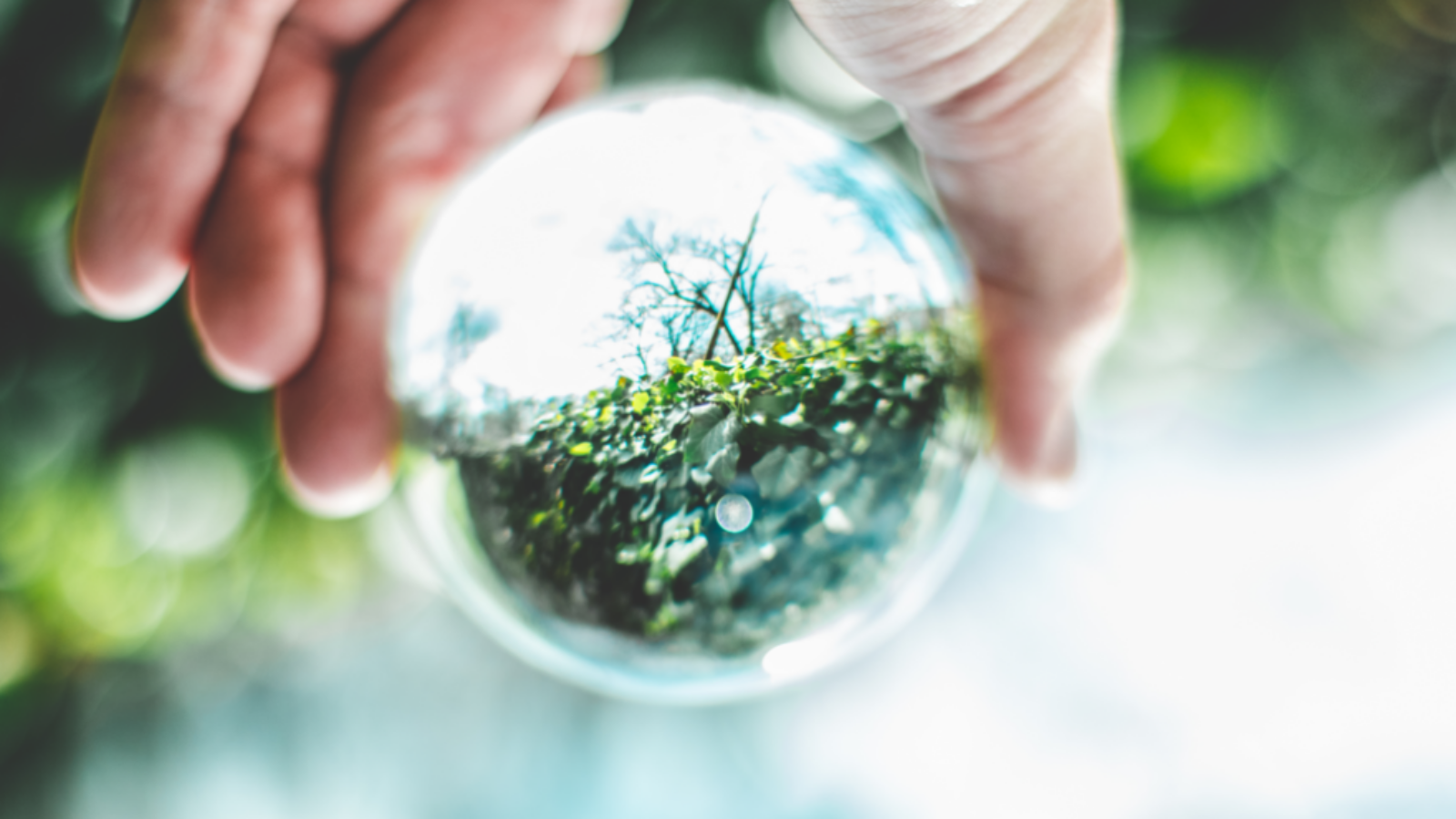When left to its own devices, nature operates in a feedback loop — a self-sustaining cycle that uses and reuses its own resources. A long time ago, before progress and industrialization, society strived to emulate such a paradigm (a circular economy). Demand and ingenuity, however, has compelled us to move towards a more linear approach of production and consumption.
Now here’s the problem in a linear economy: it operates based on the “take-make-waste” method. We collect raw materials, create byproducts out of these, and then throw them away. By creating more and buying more, we’ve managed to deplete our raw resources and multiplied waste and greenhouse gas emissions.
As one might imagine, there has been an urgent call to make disruptive changes for the sake of environmental and economic sustainability. This is where the circular economy comes in.
Circular economy in a nutshell
A circular economy makes use of a more restorative model of production and consumption. It recognizes that we only have finite resources, and we should make decisions based on this.
Its principles can be broken down into 3 action-plans:
- Design out waste and pollution
- Keep products and materials in use
- Regenerate natural systems
What does a circular economy mean for the consumer?
Of course, one might easily identify the benefits of a circular economy to the environment and businesses, but what about the consumers? We’ve listed the ways that adopting a circular economy can affect you as the consumer.
Less fluctuations in prices of goods
In the current linear economy, prices of goods are heavily determined by the availability of raw materials. Scarcity brings up costs and this eventually trickles down to the supply chain. As a result, the market becomes volatile, supply cannot meet the demands of consumers, and the prices skyrocket.
A circular economy aims to stabilize the market by reducing the need for raw materials. It aims to recover and reuse materials that are readily available.
More satisfactory products and services
In an ideal setting, the circular economy is a means to produce top-quality products that can last long. It even encourages the idea of renting products instead of buying them. This means that businesses will be given the chance to take note of your needs and preferences as they interact with you longer. In turn, they can serve you better and are held more accountable in the products that they offer.
Increase engagement with packaging
In order for a circular packaging scenario to be a sustainable option, consumers need to change their attitude towards packaging. Instead of looking at packaging as a waste product or disposable, the package should be regarded with the same value as the product it protects. This mind shift would encourage consumers to take care with their reusable packaging, return it through a takeback program, and continue to keep this valuable package in the loop. If consumers look at reusable packages with the same eyes as they do single use packaging, the packages likely will not be returned or reused. Because reusable packages are typically heavier to be sturdier to withstand the reuse, the environmental impact of a circular model that doesn’t have a reliable loop back will be even greater than single use models. The return rate of these reusable packages is critical for their success and environmental benefit.
Embrace “ugly” packaging
A circular model means that reusable packages continue to circulate throughout the market and could become dented, discolored, or scratched. Packages with recycled content may appear discolored or cloudy. Rather than looking at these imperfections as defects, a consumer should embrace these imperfections as a sign that this package is supporting the circular economy and has been used to deliver the packaged product for another consumer somewhere in the world. In that way, these reusable packages all have a different sustainability story to tell and as a consumer, you have the ability to continue this story and keep this package in circulation by reusing it or returning it through a takeback program.
The circular economy can only be achieved through collaboration with brands and consumers and a shift of mind when it comes to the value of these packages. Brands should design material efficient, reusable or recyclable packages and consumers should educate themselves and reliably reuse, recycle, or return these packages. Instead of looking at packaging as waste, we need to see the value of this product and continue to keep these resources in our economy.
Trayak has been helping leading brands of all sizes make data-driven sustainability decisions for over 10 years. If you would like to learn more about our tools and services please contact us.
Sources
What is circular economy, Ellen MacArthur Foundation
How Companies Can Support A Circular Economy, Forbes


Add a Comment
You must be logged in to post a comment